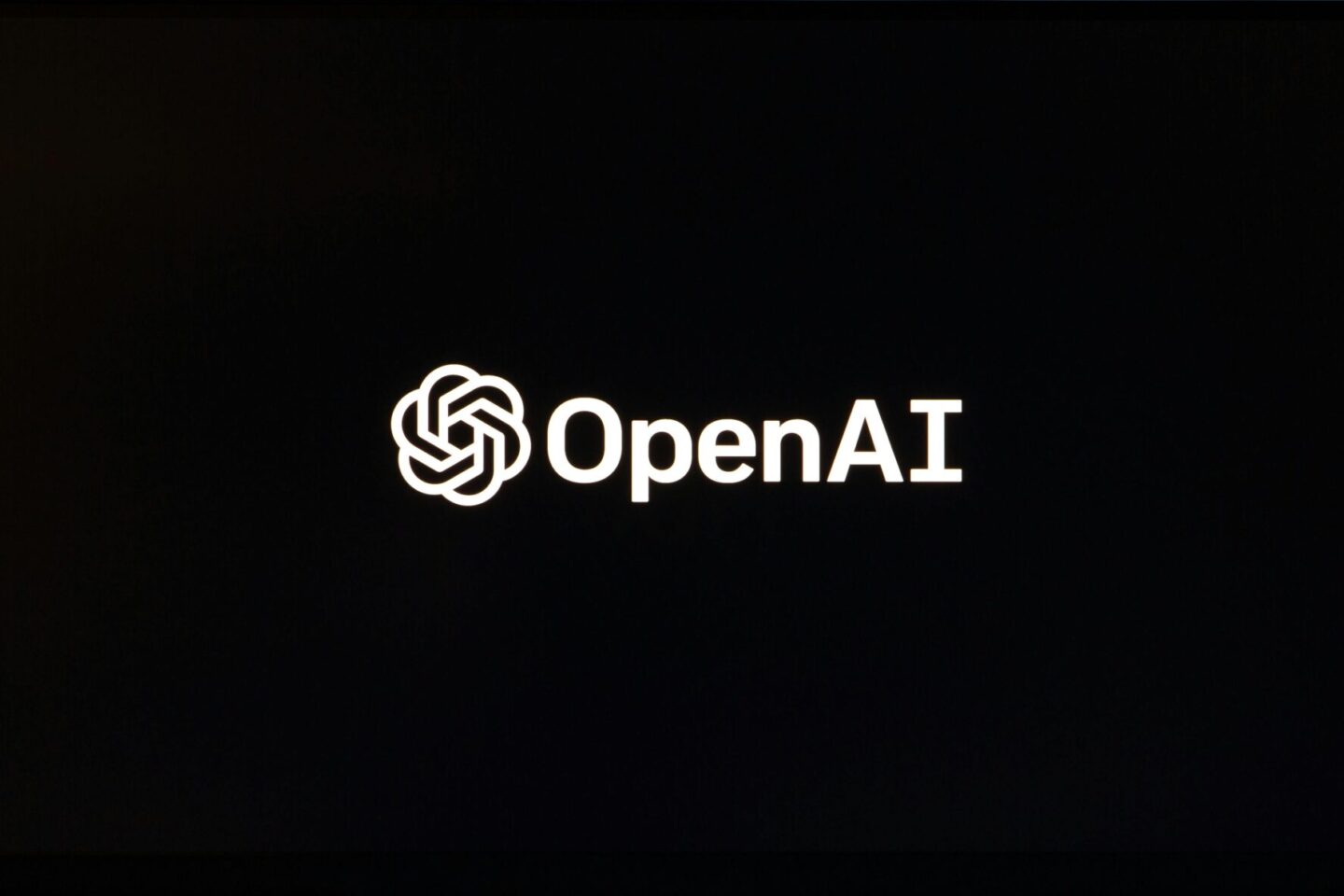OpenAI has launched its long-anticipated Apps SDK and rolled out integration with major third-party apps like Spotify, Canva, Booking.com, Coursera, Figma, and more. This marks a major shift for ChatGPT, transforming the popular AI chatbot from a conversational assistant into a true platform—capable of directly interacting with a growing ecosystem of software services and developer-built extensions.
ChatGPT App Integrations: What’s New?
The new update allows ChatGPT users to access and interact with a diverse set of apps directly within the chatbot interface. For example:
-
Spotify: Generate playlist and podcast recommendations tailored by mood, artist, or genre.
-
Canva: Create presentations or design collateral from simple prompts.
-
Booking.com: Plan travel and discover hotels or experiences.
-
Coursera & Figma: Get course suggestions or collaborate on designs—without leaving ChatGPT.
This initial rollout (as of October 2025) is available only in English and for Free, Go, Plus, and Pro plan users, but is currently limited to users outside the EU. More app partners—including Uber, DoorDash, Instacart, and OpenTable—are slated to join soon.
Powering Integrations: The New Apps SDK
The Apps SDK is the developer toolkit underpinning this expansion. It allows developers to:
-
Build new “apps” or mini-services for ChatGPT and custom GPTs.
-
Streamline API integration and enable their software to exchange data, trigger functions, or personalize content within the chat experience.
Key features of the Apps SDK:
-
Unified API Access: Provides a standard, easier way for developers to connect external services to ChatGPT, replacing earlier, more fragmented plugin approaches.
-
Enhanced Data Security: OpenAI mandates clear disclosure for all third-party apps regarding how user data is accessed and handled. Users must explicitly grant permissions and should review each app’s privacy policy.
-
Easy Deployment and Management: Developers can update, monitor, or scale their apps through a unified portal, and specialized apps can be distributed via the GPT Store.
-
GPT Compatibility: All these features extend to both prebuilt ChatGPT and custom GPTs, enabling a marketplace for specialized AI tools.
Implications for Developers and Users
For developers:
The new model drastically lowers the technical barrier for building and launching integrations. OpenAI has released detailed documentation, code samples, and a suite of security tools to streamline development. Early feedback has been enthusiastic, with developers such as David Lee (CEO, AI startup) calling the SDK “a game-changer” for AI product design.
For users:
Anyone on an eligible ChatGPT plan can now interact with a wider range of apps—streamlining tasks like playlist creation, travel booking, or graphic design into a single conversation. This eliminates context-switching and enhances productivity.
Privacy and Safety Considerations
OpenAI and its partners stress the importance of transparency and informed consent when connecting external accounts. Users should review privacy disclosures—and be cautious before sharing personal information with third-party apps, as OpenAI’s privacy policies may differ from those of app partners.
Competitive Landscape and Future Outlook
With the Apps SDK and native app integrations, OpenAI is betting on ChatGPT as both an information utility and an application launcher—setting a new benchmark in the AI assistant race. This move raises the bar for rivals such as Google Gemini, Anthropic Claude, and Meta’s AI platforms, all of whom are pursuing richer ecosystem integrations.
OpenAI has signaled that more capabilities are coming—including SDK enhancements, expanded geographies, and a GPT Store with revenue opportunities for the most successful developers.
Conclusion
By making ChatGPT an app platform—with a robust SDK and seamless integration of third-party tools—OpenAI is setting the stage for a more personalized, productive, and interactive AI experience. As developers and users embrace this new model, expect ChatGPT to become much more than a chatbot: it’s shaping up to be a centralized hub for digital work, play, and creativity.






